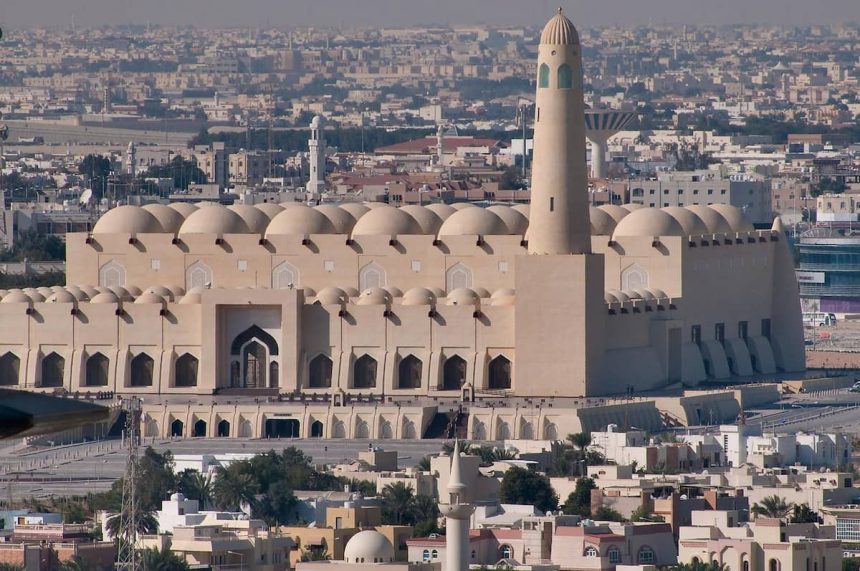The Origins of Wahhabism in Islam
Wahhabism is a conservative and puritanical movement within Islam that emerged in the 18th century in the Arabian Peninsula. It advocates for a strict interpretation of Islamic principles and emphasizes the concept of Tawhid (oneness of God).


